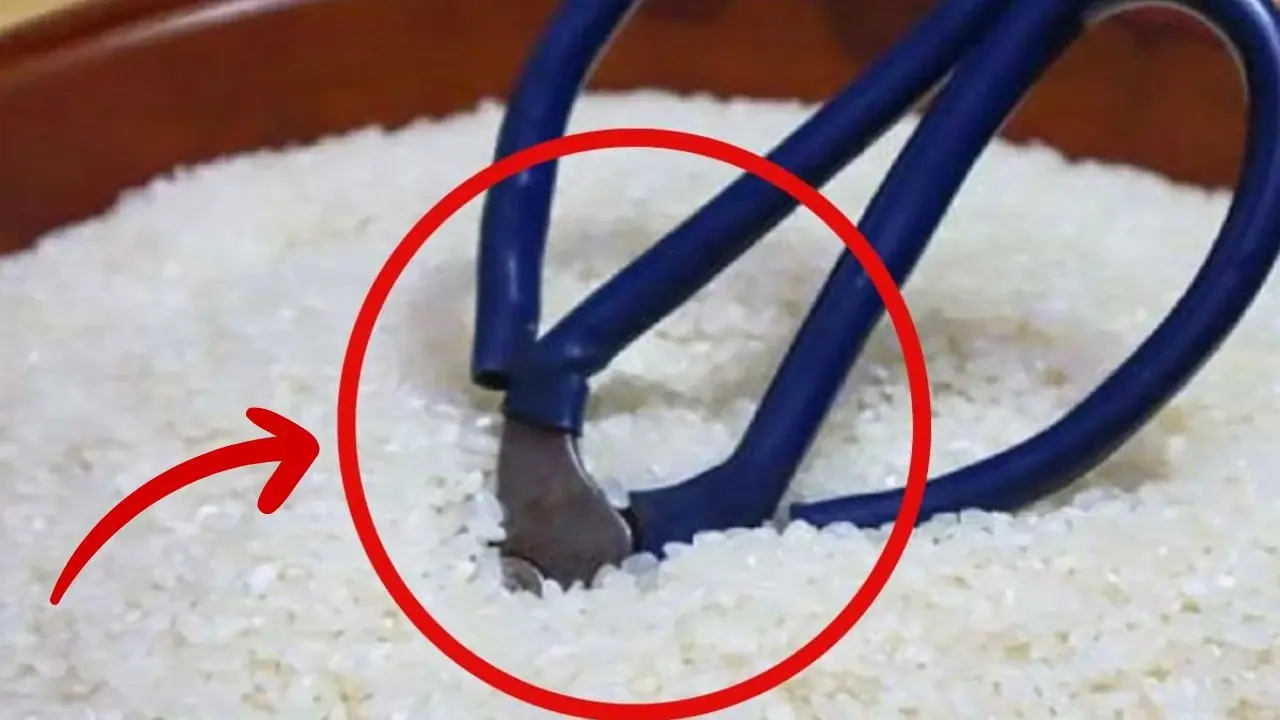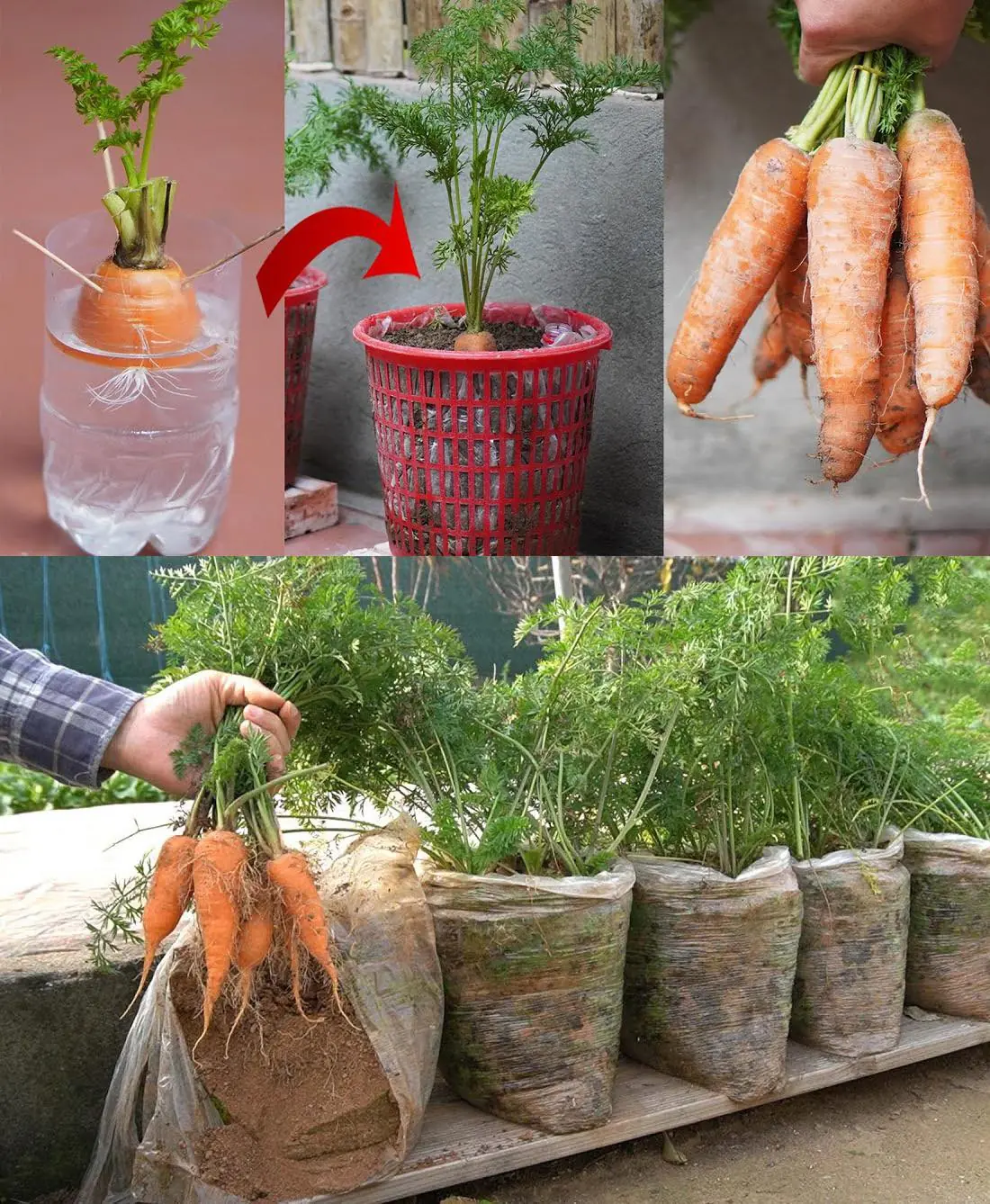
How to Cultivate Hydrangeas in Soil Using Stem Cuttings

Hydrangeas are beautiful, vibrant flowering shrubs that can add color and life to any garden. These plants are popular for their large, showy blooms, and with a bit of patience and the right technique, you can propagate them from stem cuttings. This method is an easy and cost-effective way to grow new hydrangea plants. Here’s a detailed guide on how to cultivate hydrangeas in soil using stem cuttings.
Why Propagate Hydrangeas by Stem Cuttings?
Propagating hydrangeas through stem cuttings allows you to grow new plants that are genetically identical to the parent plant. It’s a great way to create more of your favorite hydrangeas, and with the right steps, the process can be straightforward.
Best Time to Take Hydrangea Cuttings
The ideal time to take hydrangea cuttings is during late spring or early summer, after the plant has started actively growing. It’s best to take cuttings when the plant is not in full bloom, as this ensures the cuttings will have the best chance of rooting and establishing themselves.
Materials You’ll Need:
-
Sharp pruning shears or scissors
-
Rooting hormone (optional)
-
Small pots or containers with drainage holes
-
Well-draining potting soil
-
Plastic bag or clear plastic dome (to create humidity)
-
Water
Step-by-Step Instructions for Propagating Hydrangeas Using Stem Cuttings
Step 1: Select and Cut a Healthy Stem
Choose a healthy, non-flowering stem from your hydrangea plant. The stem should be about 4 to 6 inches long and should be mature but still soft, with no flowers or buds. The best cutting is one that’s not too woody and has a few leaves attached. Use sharp pruning shears or scissors to make a clean cut just below a leaf node (the point where leaves emerge).
Step 2: Remove Lower Leaves
Remove the bottom set of leaves from the cutting, leaving a few leaves at the top to help with photosynthesis. Be careful not to damage the stem while doing this. You want to expose a few inches of the stem to encourage root growth.
Step 3: Optional – Apply Rooting Hormone
Although rooting hormone is optional, it can help increase the success rate of rooting. Dip the cut end of the stem into rooting hormone powder, making sure to coat the base of the cutting evenly. Shake off any excess powder. Rooting hormone encourages faster root development and prevents the cutting from rotting in the soil.
Step 4: Plant the Cutting in Potting Soil
Fill a small pot or container with well-draining potting soil. Insert the bottom of the cutting into the soil about 2 to 3 inches deep. Gently firm the soil around the base to ensure the cutting is secure. It’s important to make sure the cutting is in soil that is moist, but not soggy, to prevent rot.
Step 5: Create a Humid Environment
Hydrangeas prefer a humid environment for successful rooting. To create this, cover the cutting with a clear plastic bag or place the pot inside a clear plastic dome. This helps retain moisture around the cutting and provides a greenhouse effect, encouraging root development.
Make sure there is some airflow to prevent mold from developing. You can occasionally open the bag or dome to let fresh air circulate.
Step 6: Place the Pot in a Warm, Bright Location
Put the pot in a location that receives indirect light. Avoid direct sunlight, as it can scorch the cutting. The temperature should be between 65°F and 75°F (18°C - 24°C) for the best results. Keep the soil moist, but not soggy, as overwatering can lead to rot.
Step 7: Check for Root Development
After about 3 to 4 weeks, gently tug on the cutting to see if it has developed roots. If there is resistance, it means the cutting has rooted successfully. You can also check by removing the cutting from the soil and inspecting the base of the stem for small roots. If the roots are present, it’s time to move on to the next step.
Step 8: Transplant to a Larger Pot
Once your hydrangea cutting has developed a healthy root system, it’s time to transplant it into a larger pot with good drainage. Use a mix of potting soil and compost to provide the cutting with plenty of nutrients. Water the newly potted plant thoroughly.
Step 9: Gradually Hardening Off
If you plan to move the newly rooted hydrangea outside, it’s essential to gradually acclimate the plant to outdoor conditions. Over the course of about 7 to 10 days, begin placing the plant outside for a few hours a day, gradually increasing the time spent outdoors. After this, your hydrangea should be ready to plant in the garden.
Caring for Your New Hydrangea Plant
Once your hydrangea has rooted and established itself, care for it by providing it with:
-
Regular watering (keeping the soil moist but not waterlogged)
-
Well-draining soil
-
Partial to full sunlight
-
Occasional feeding with a balanced fertilizer, especially during the growing season
Conclusion
Propagating hydrangeas from stem cuttings is an easy and rewarding way to grow new plants for your garden. By following these simple steps, you can quickly turn a single hydrangea cutting into a flourishing new plant. With patience and care, you’ll enjoy the vibrant blooms of your hydrangea plants in no time!
News in the same category

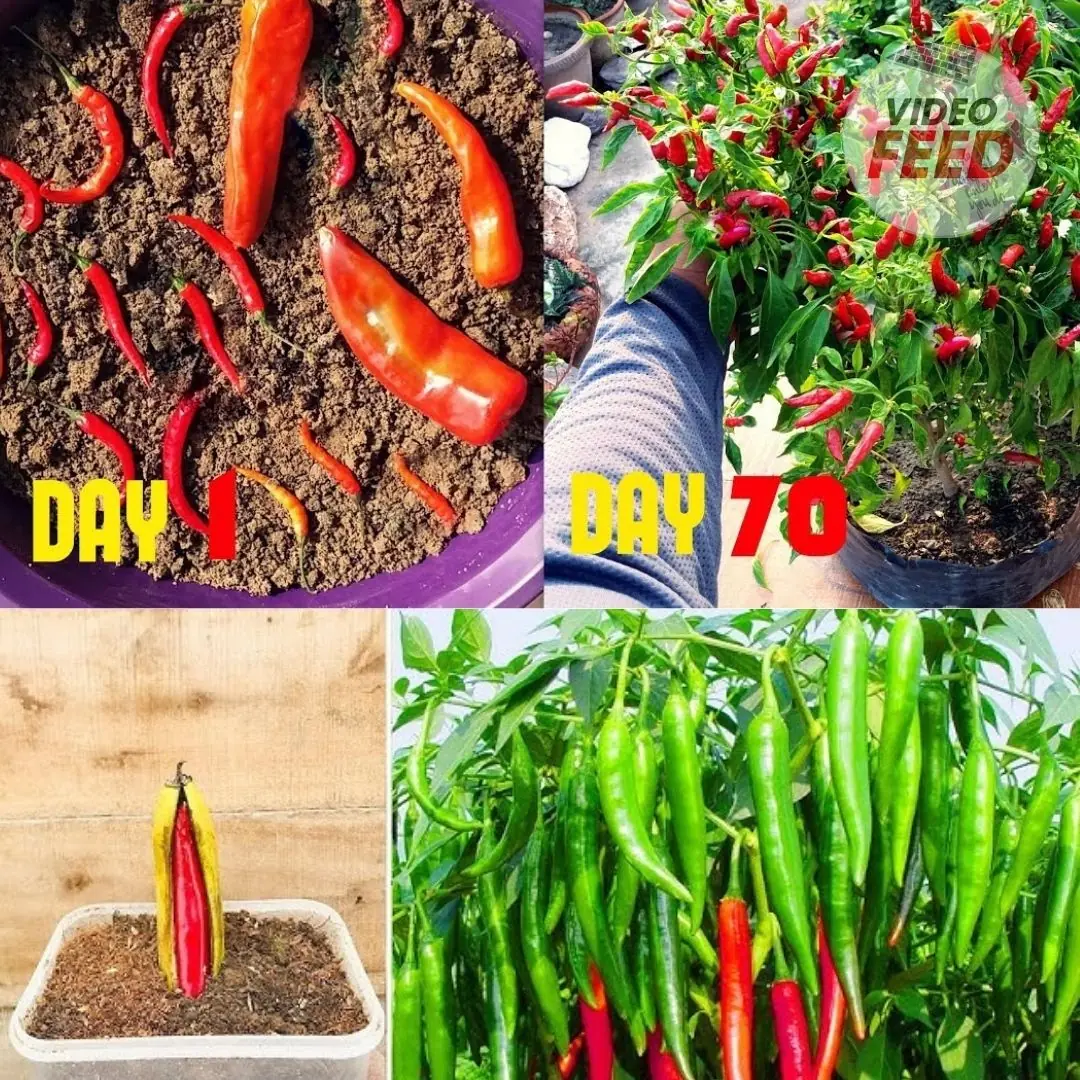
Turn a small corner of your house into a mini chili garden – both beautiful and useful!
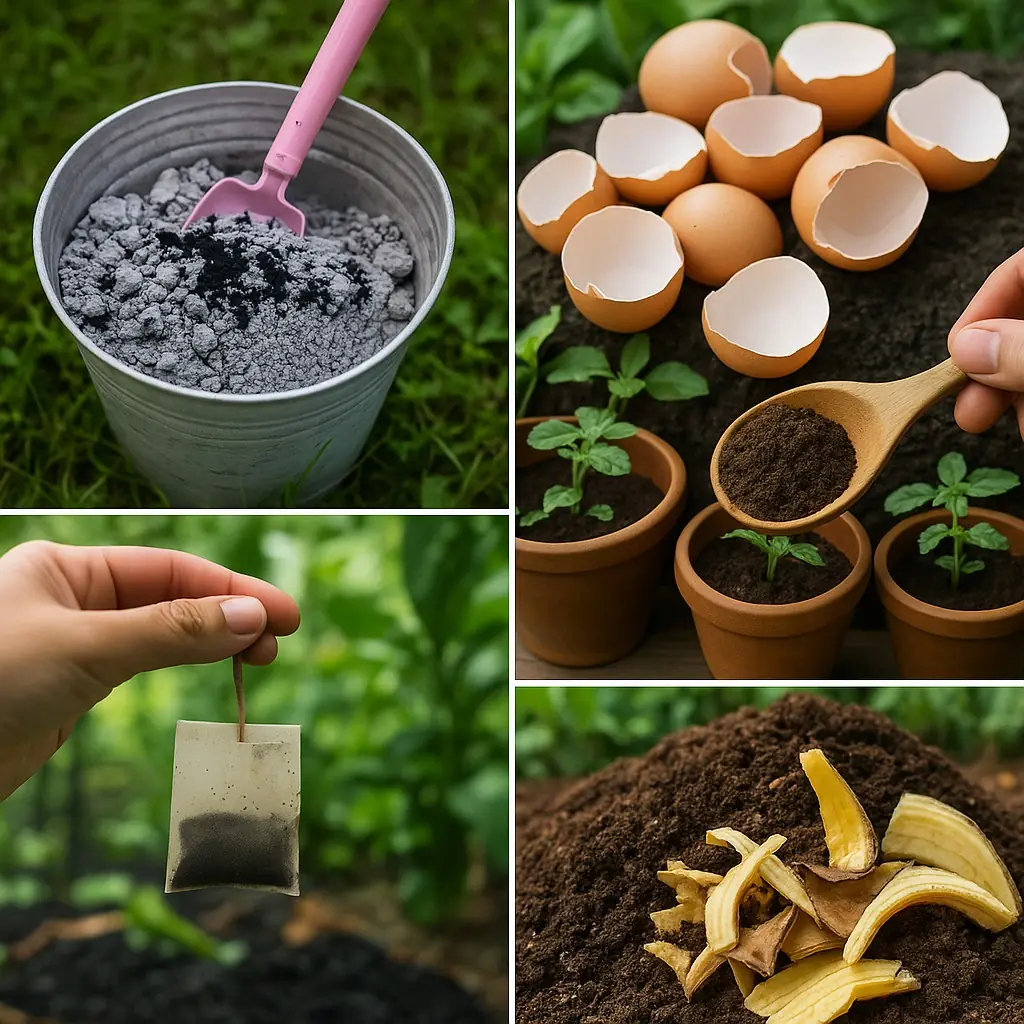
12 Homemade fertilizers for plants easy to find at home
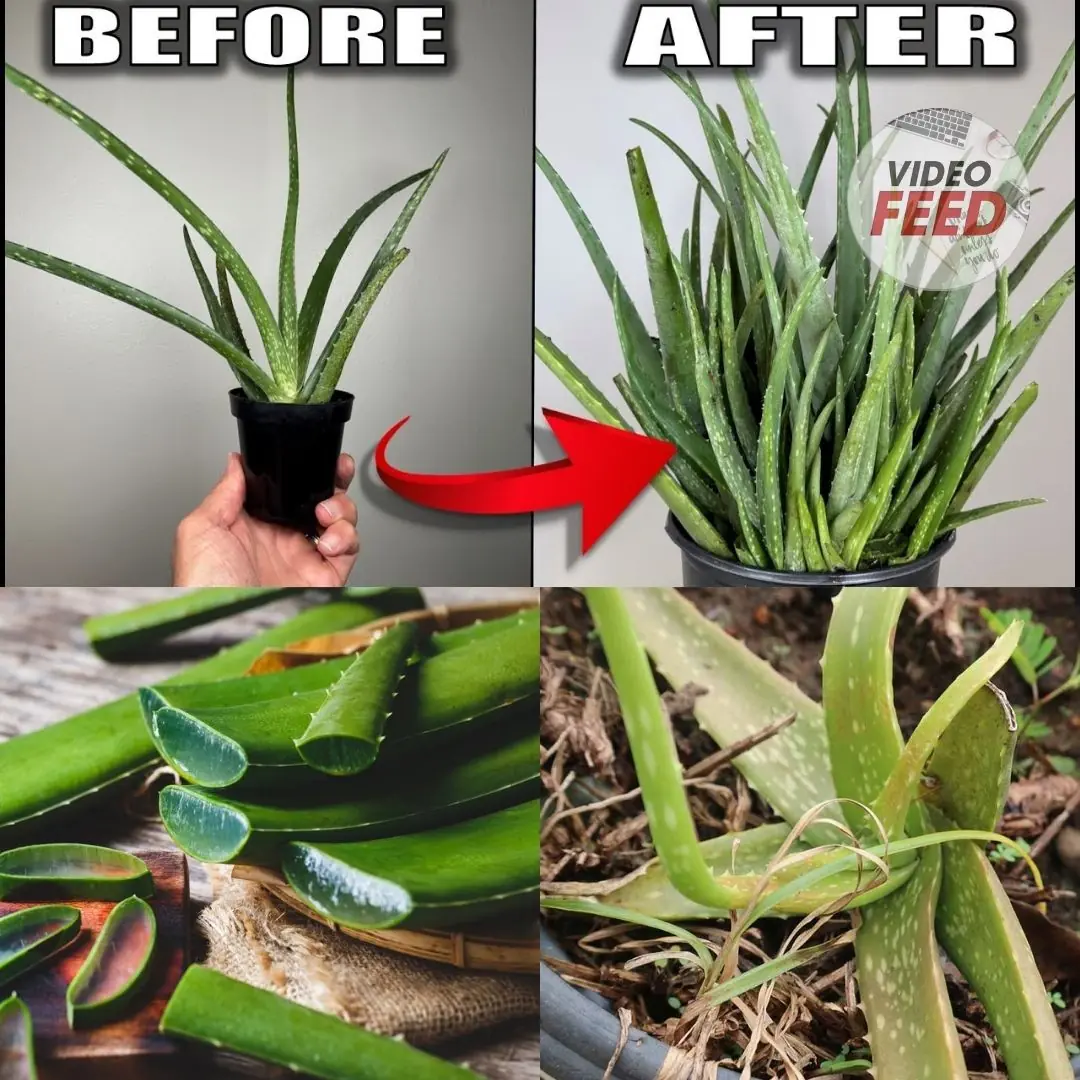
7 Top Tips When Growing Aloe Vera Plants
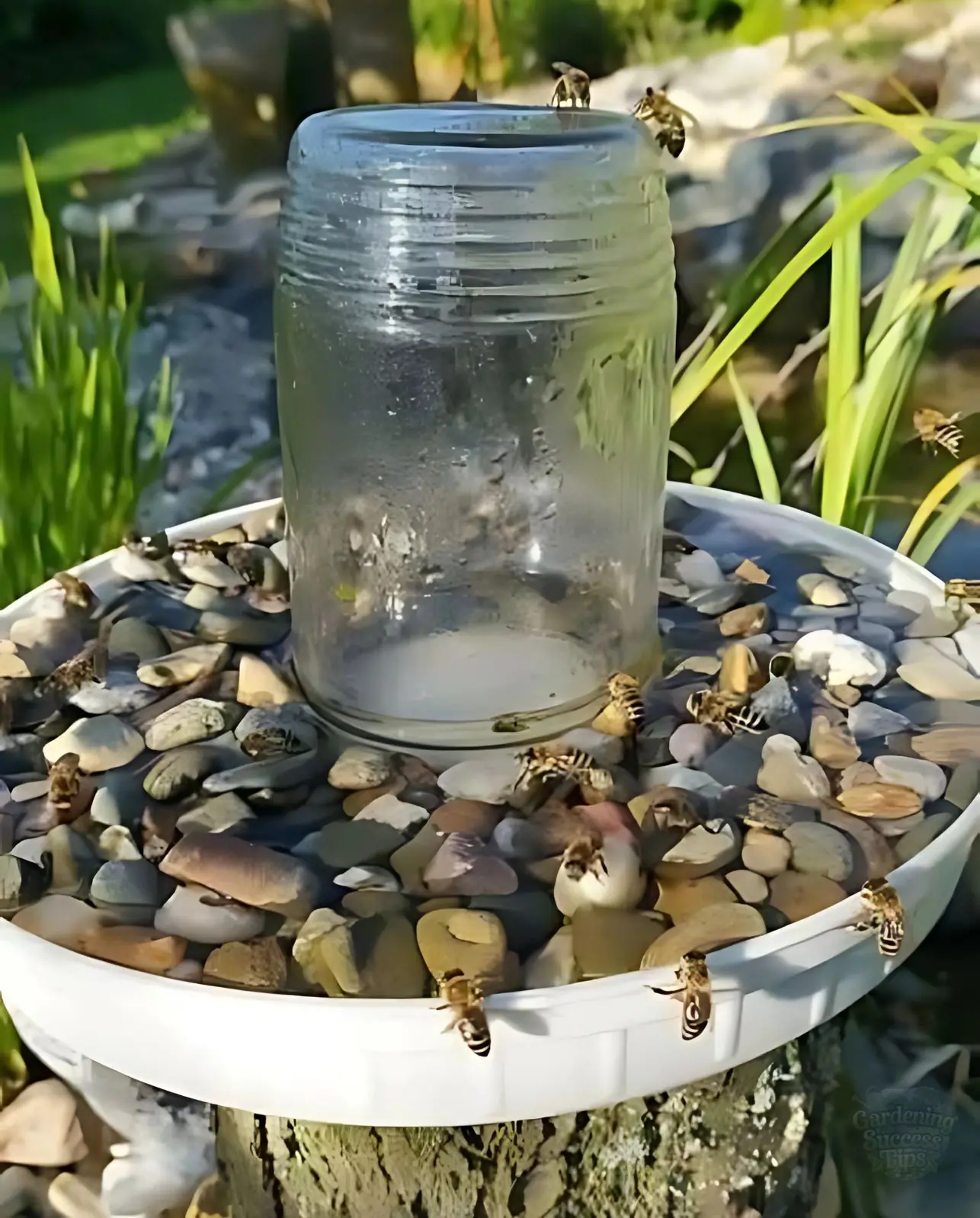
Learn How to Truly Help Bees: Beekeeper’s Advice
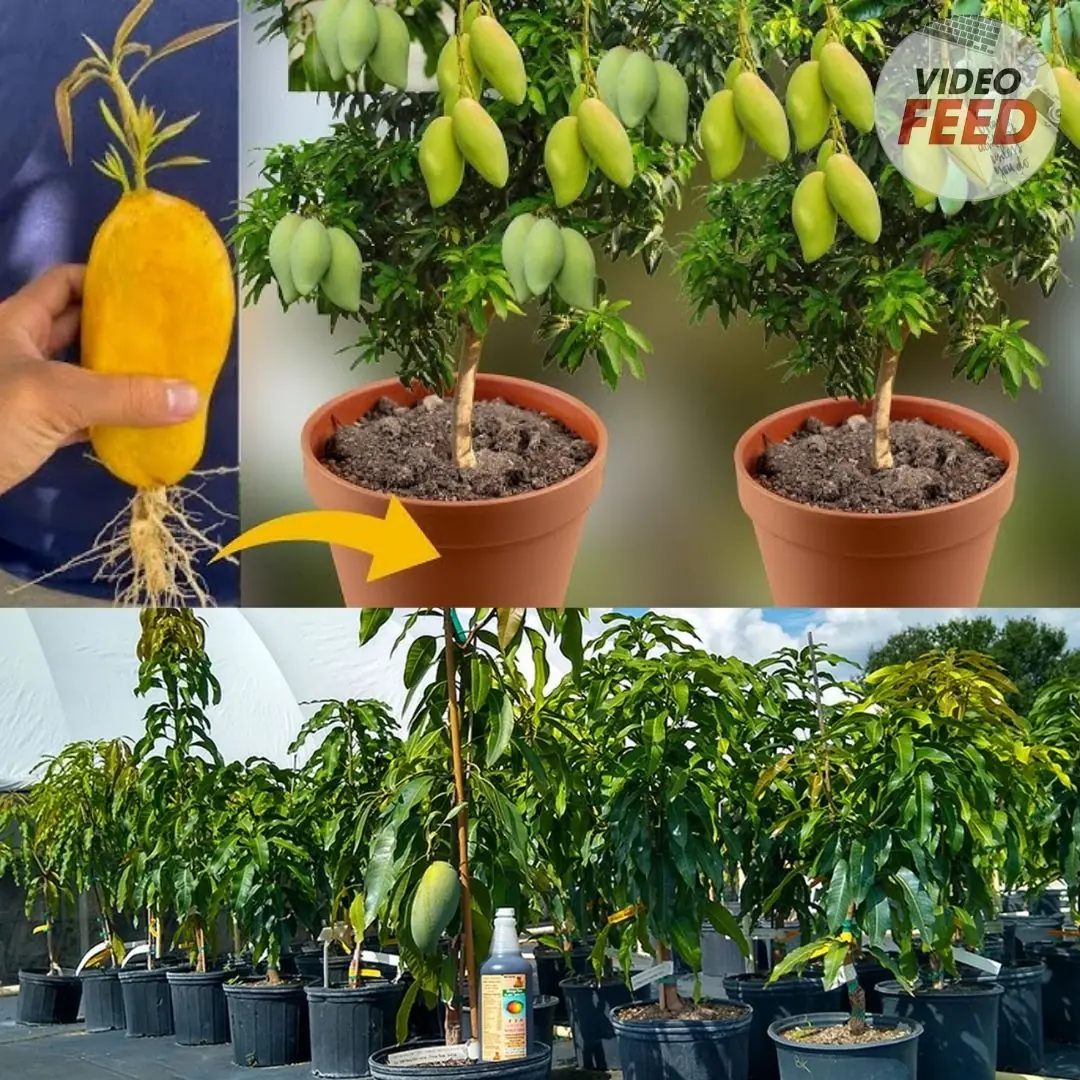
How to grow mango trees in pots
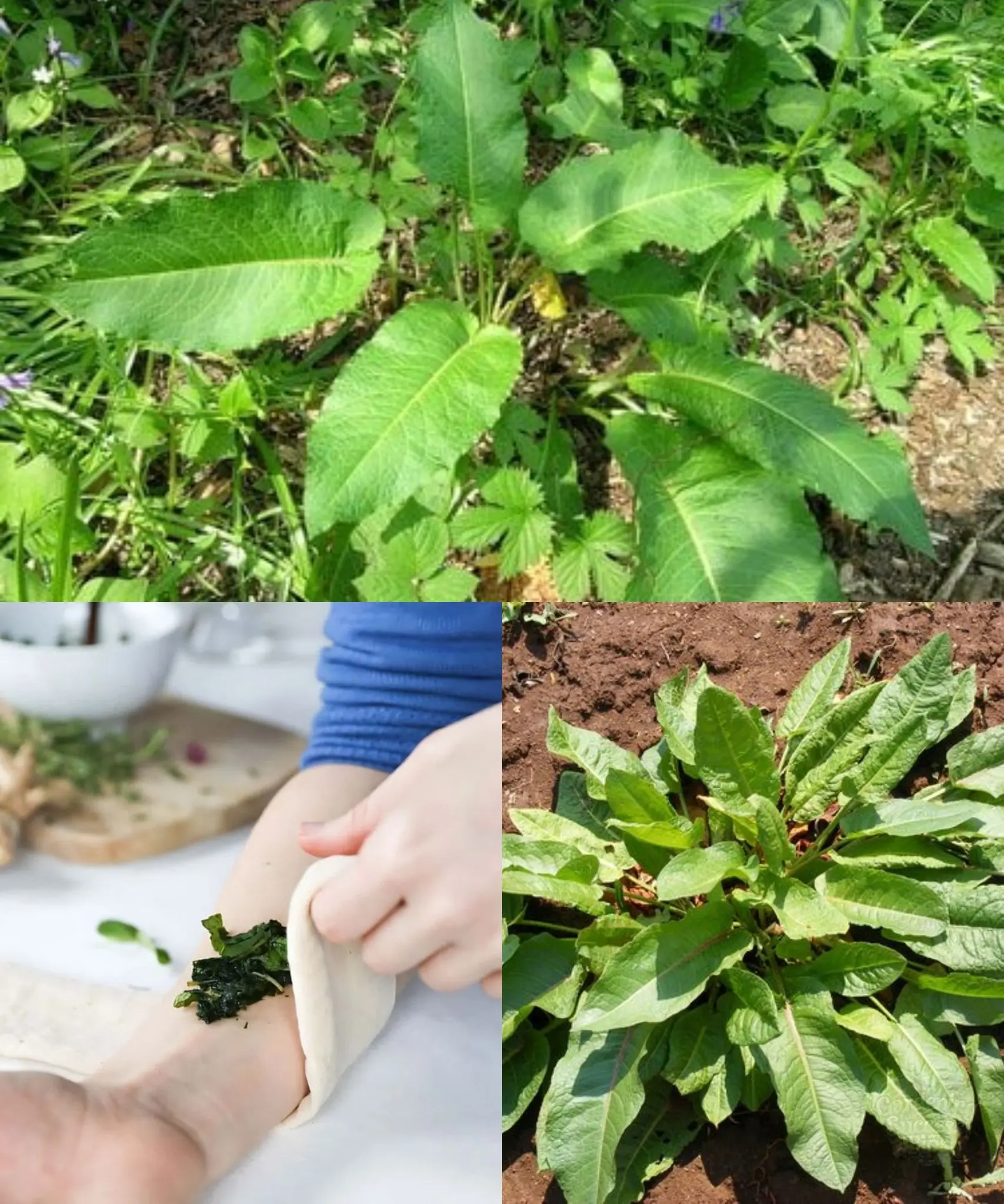
Discover 6 Amazing Benefits of Docks (Rumex) for Your Garden and Health!

How to grow long beans at home without care
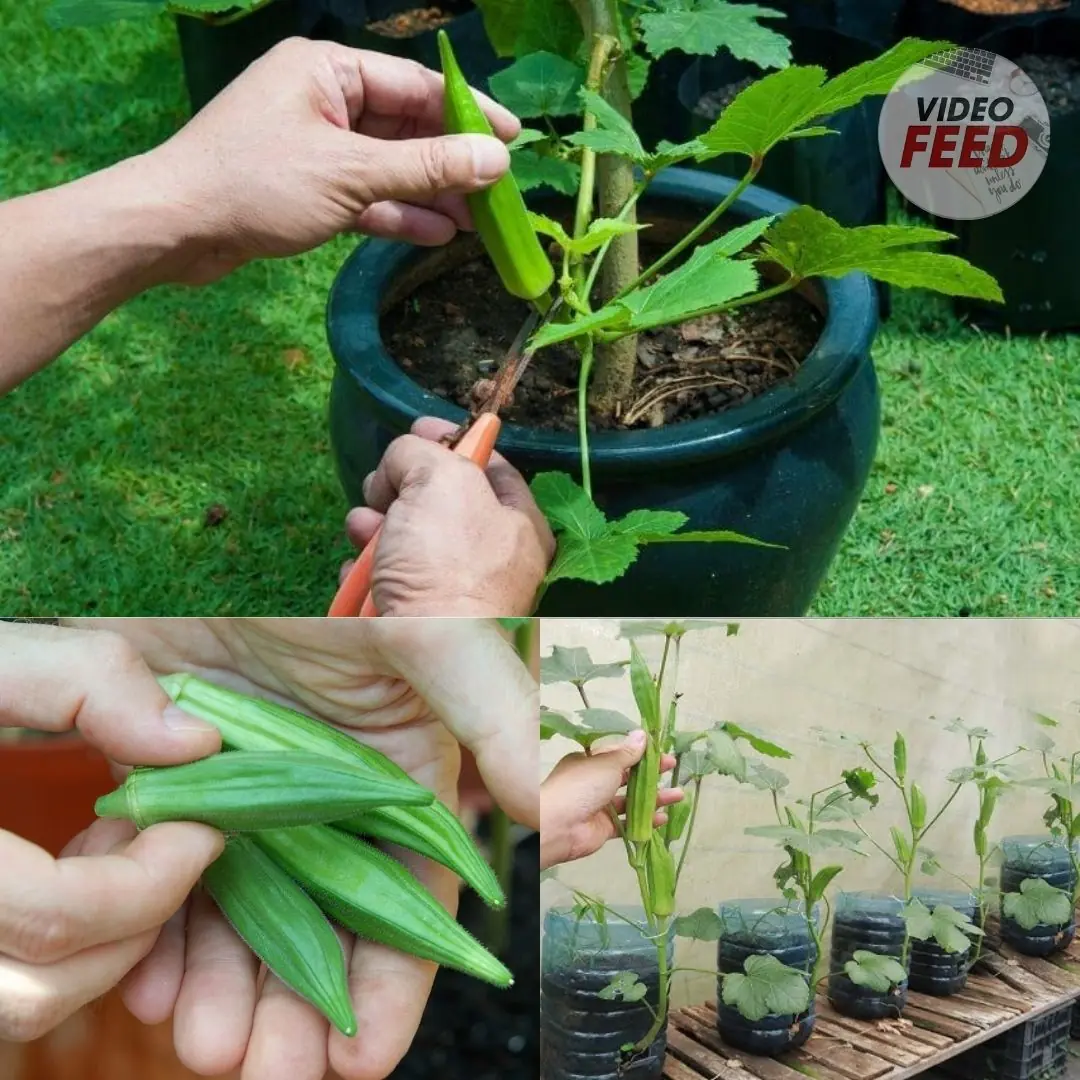
How to Grow Okra in Your Garden or Raised Bed

How to Grow Lettuce for Crisp, Fresh Salads All Season Long
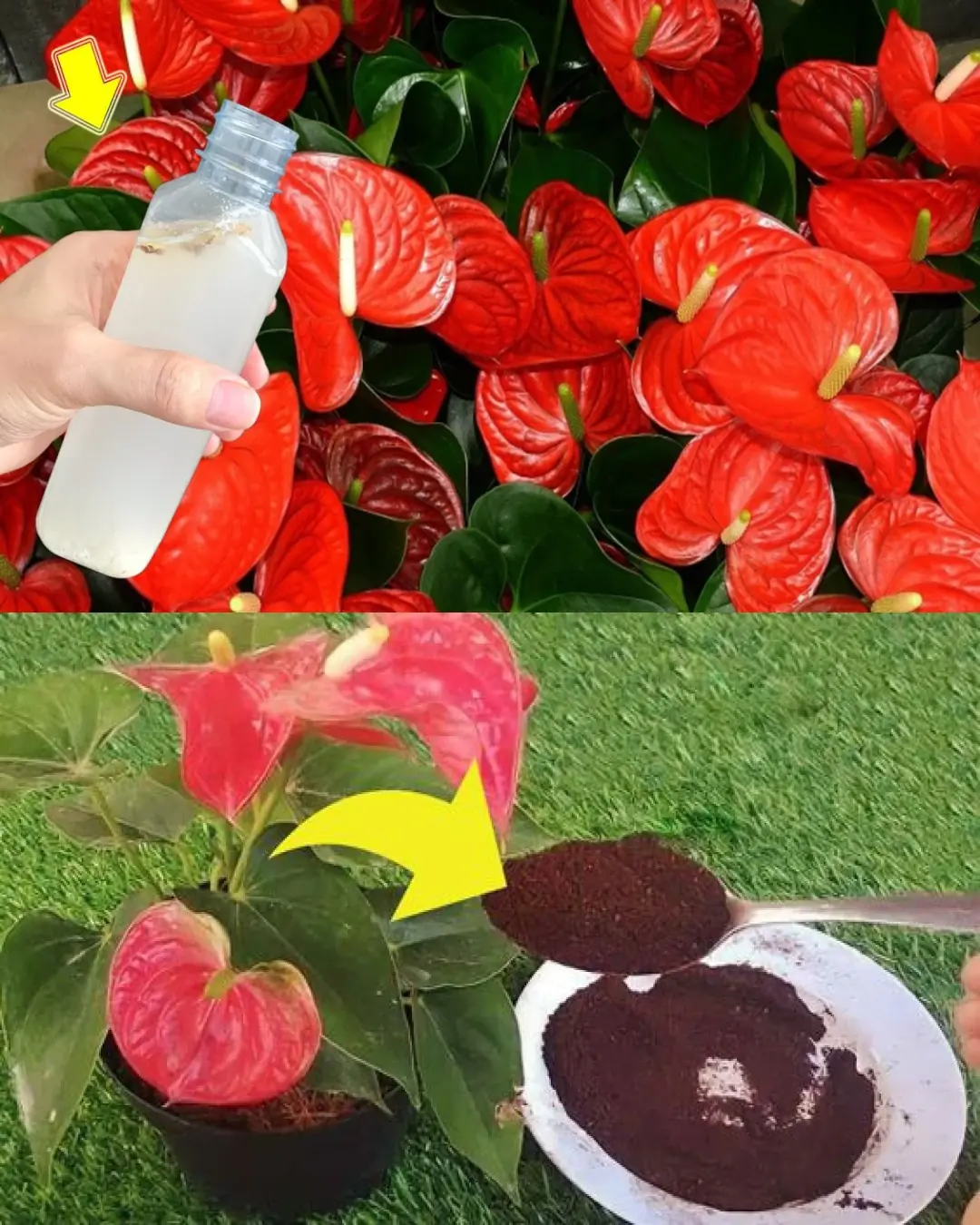
How to Accelerate the Blooming Process of Anthuriums
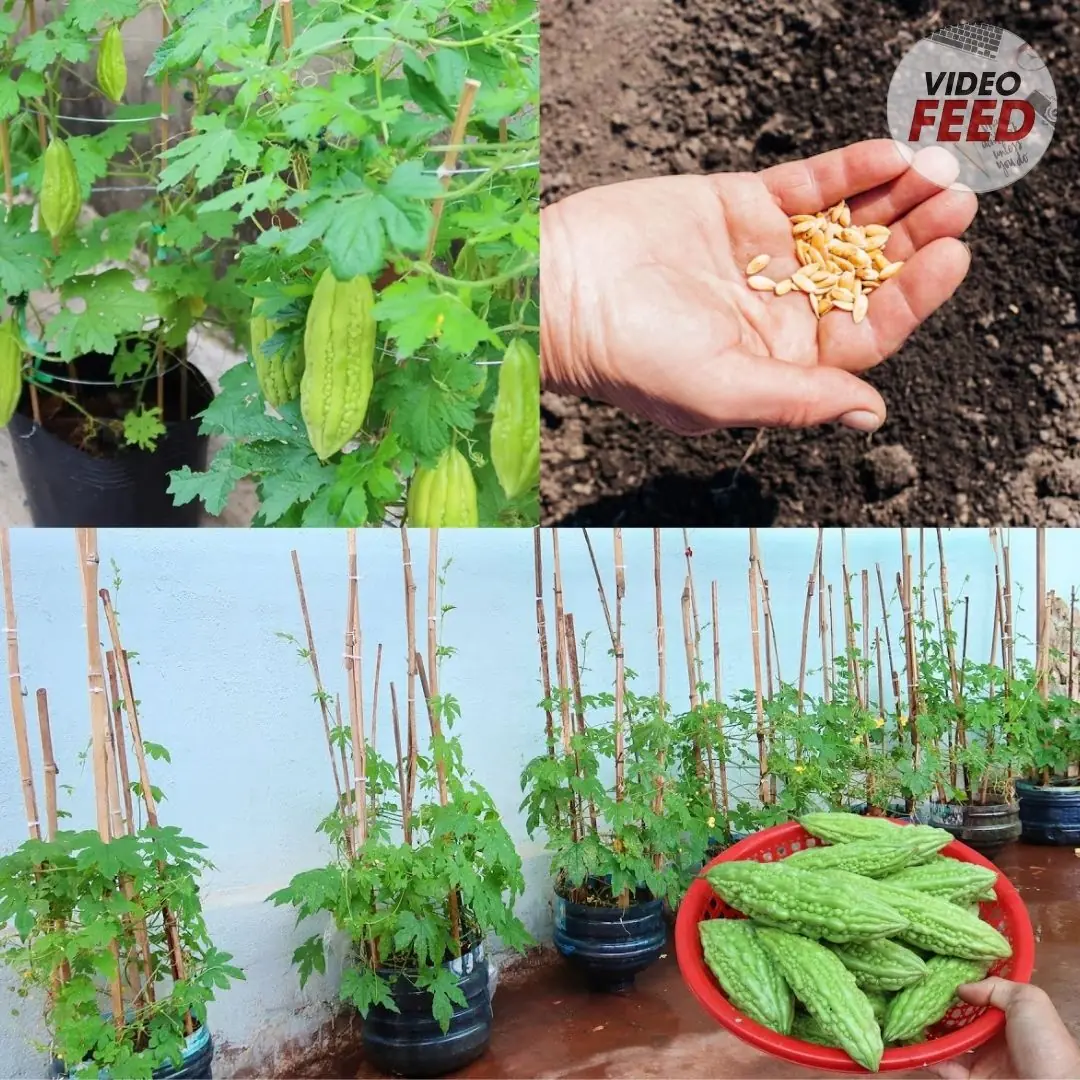
Growing Bitter Melon: Easy Tips for a Reliable Garden Harvest
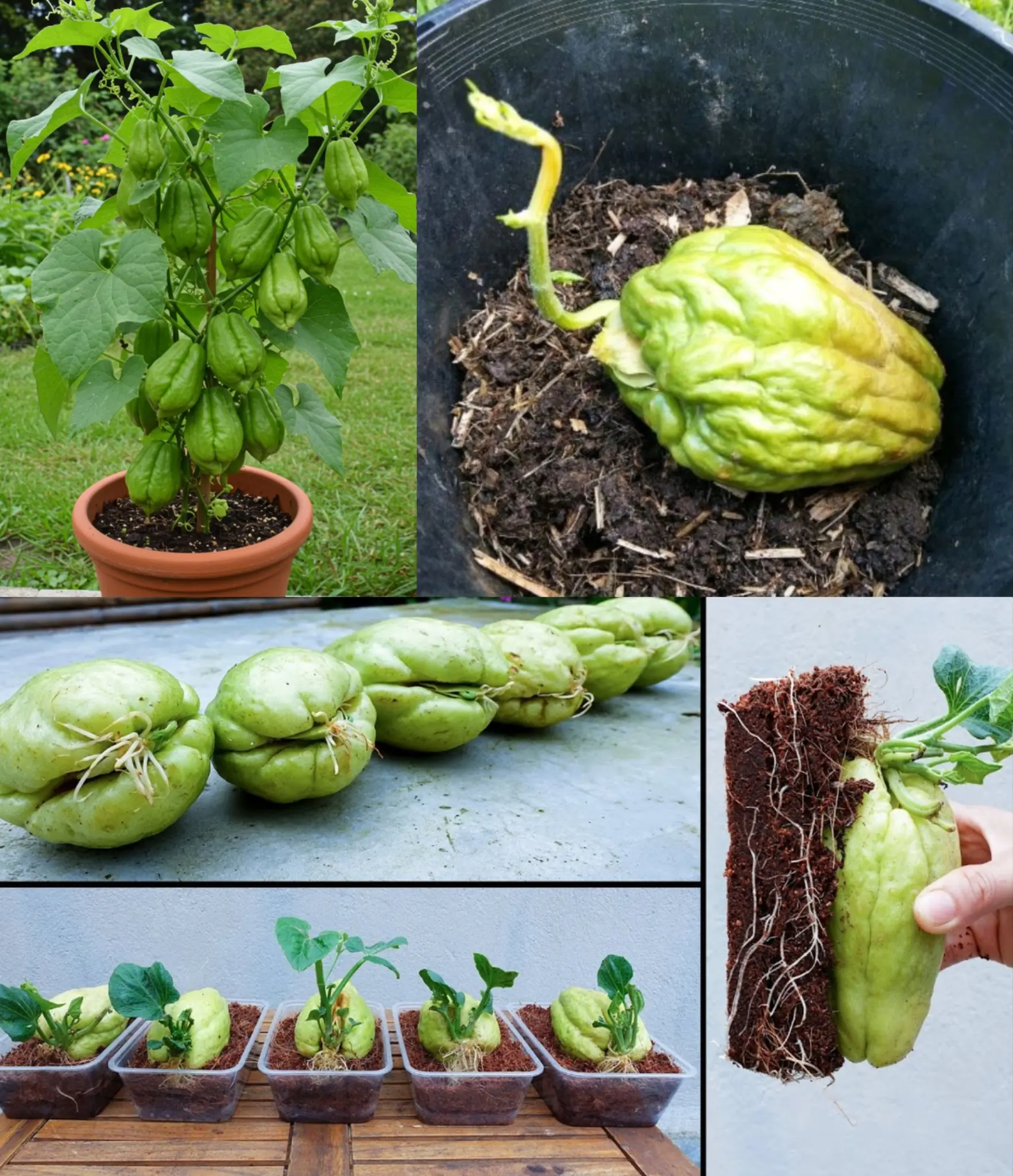
Grow an Abundance of Chayote from Just One Grocery Store Fruit!
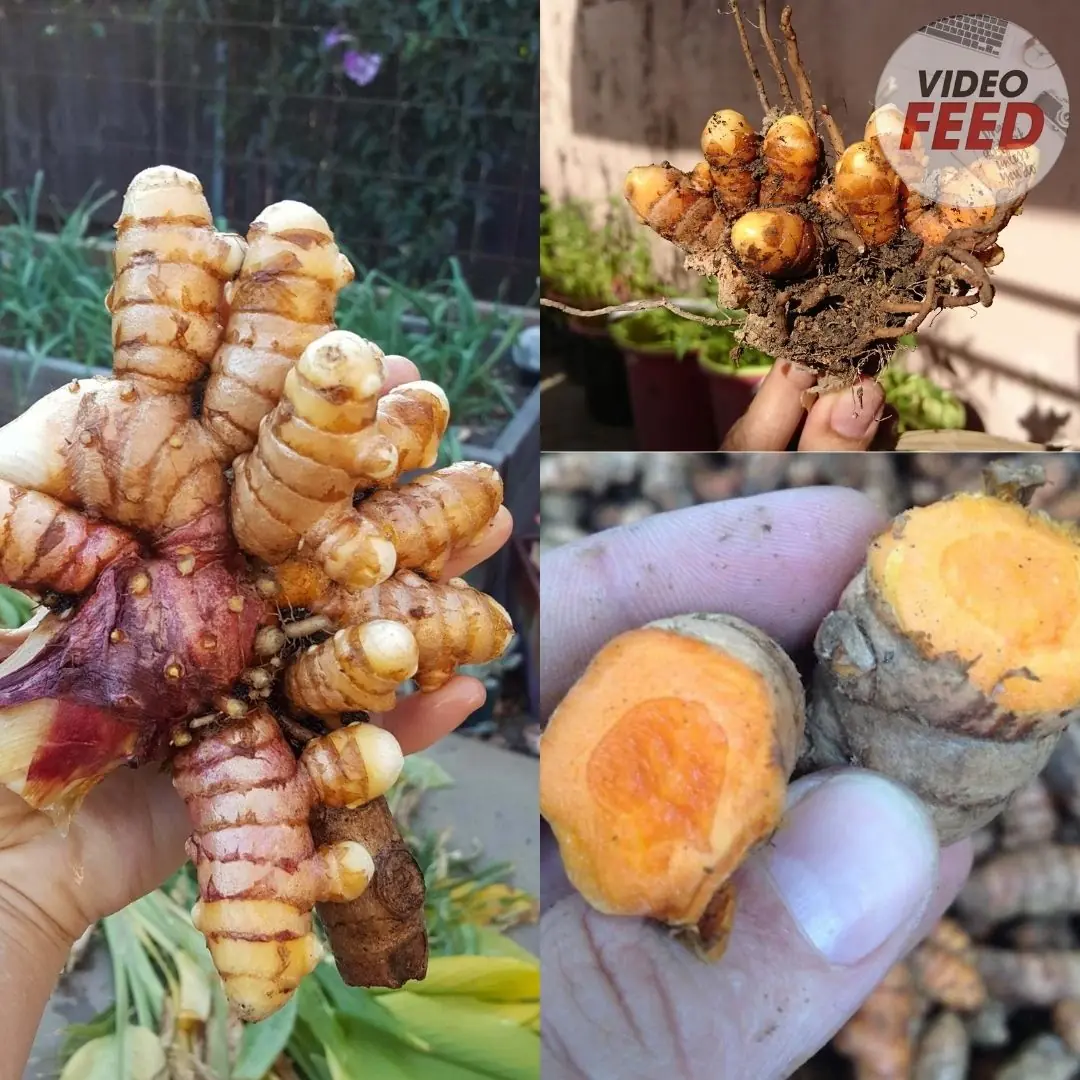
How to Grow Turmeric: Complete Guide for Gardens & Containers
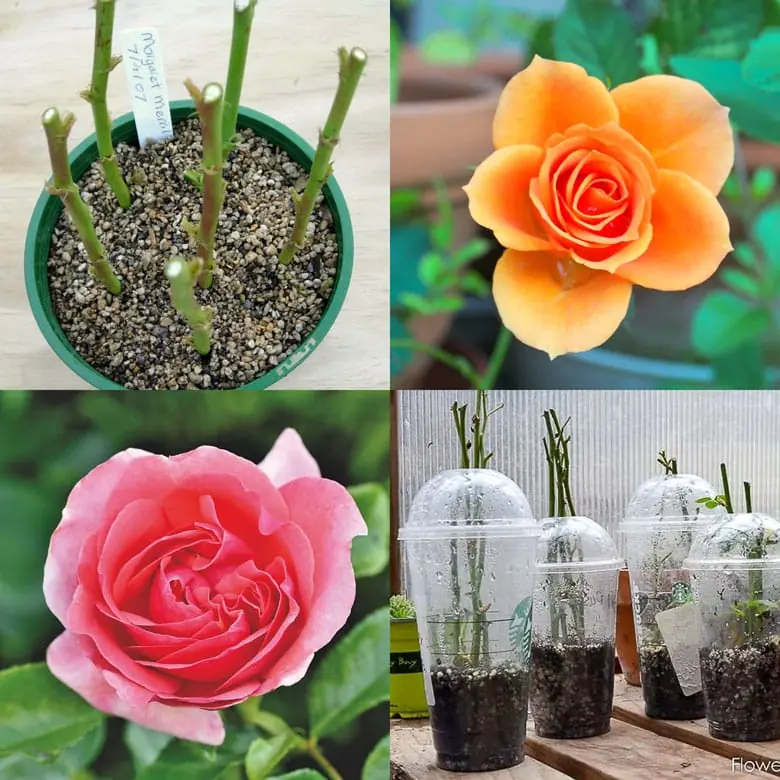
Growing Roses from a Bouquet: How to Nurture Your Own Rose Garden at Home

Learn How to Plant and Grow Cilantro (Coriander)
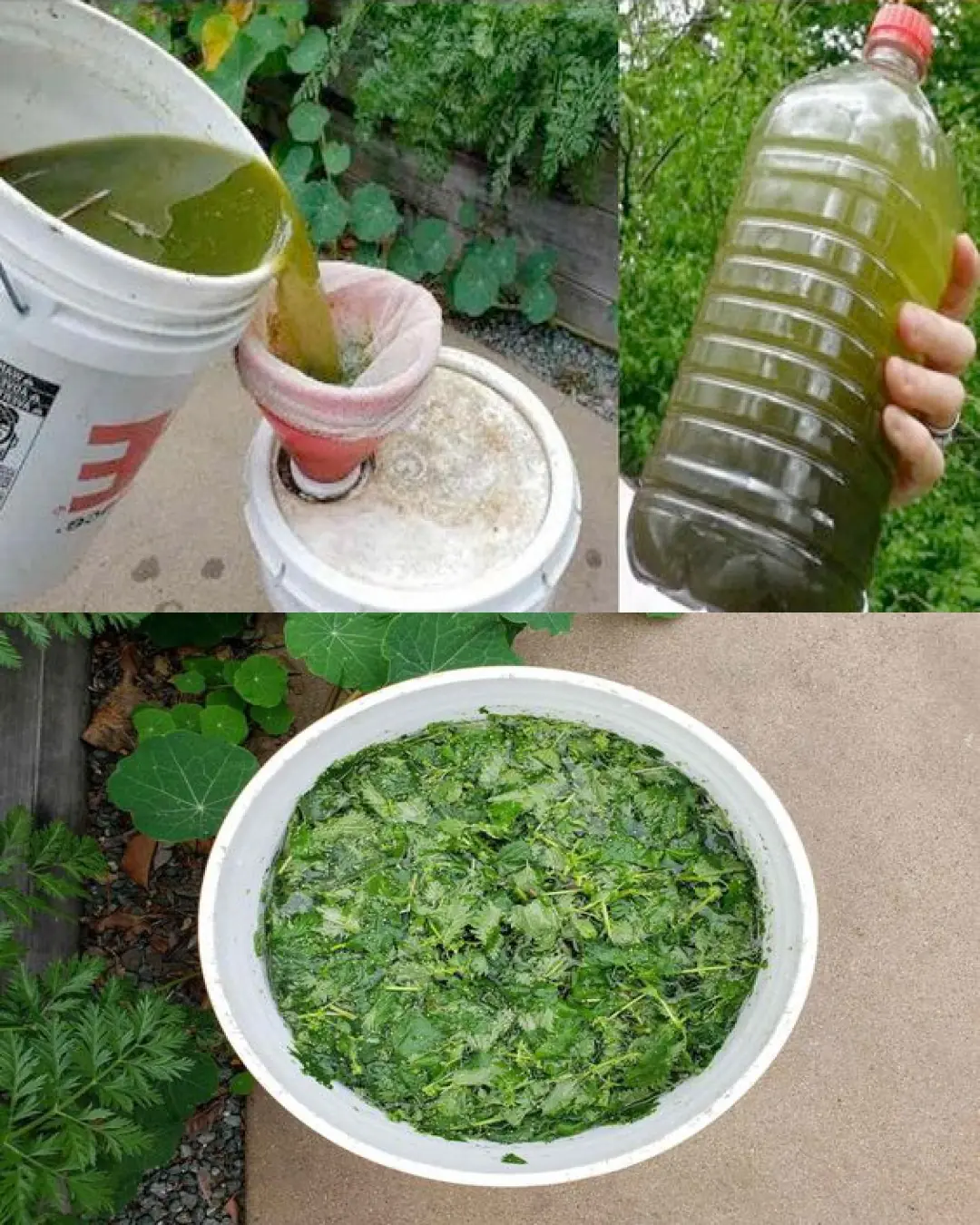
Unleash the Versatility of Nettle: 11 Non-Stinging Ways to Harness its Power
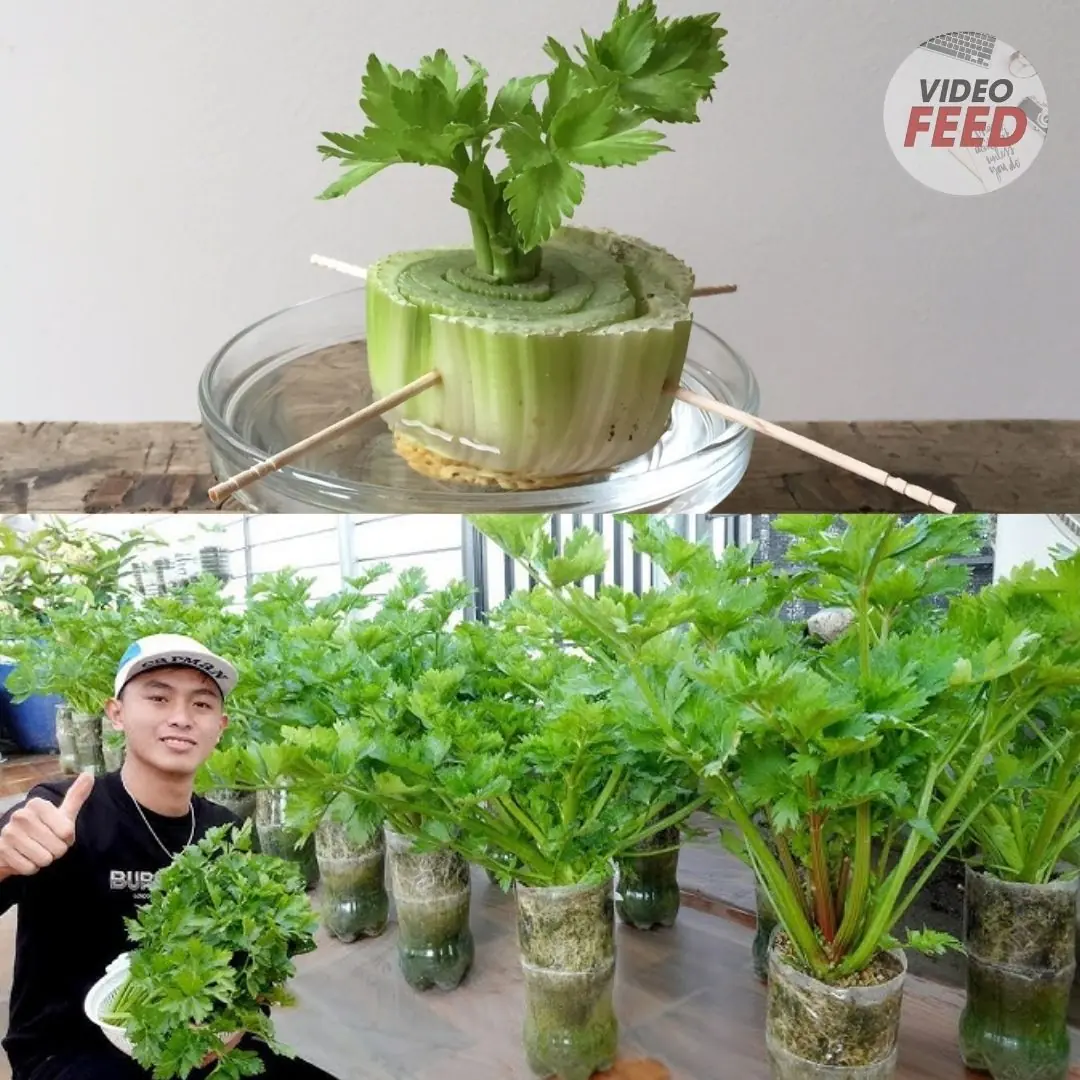
How To Regrow Celery From Scraps
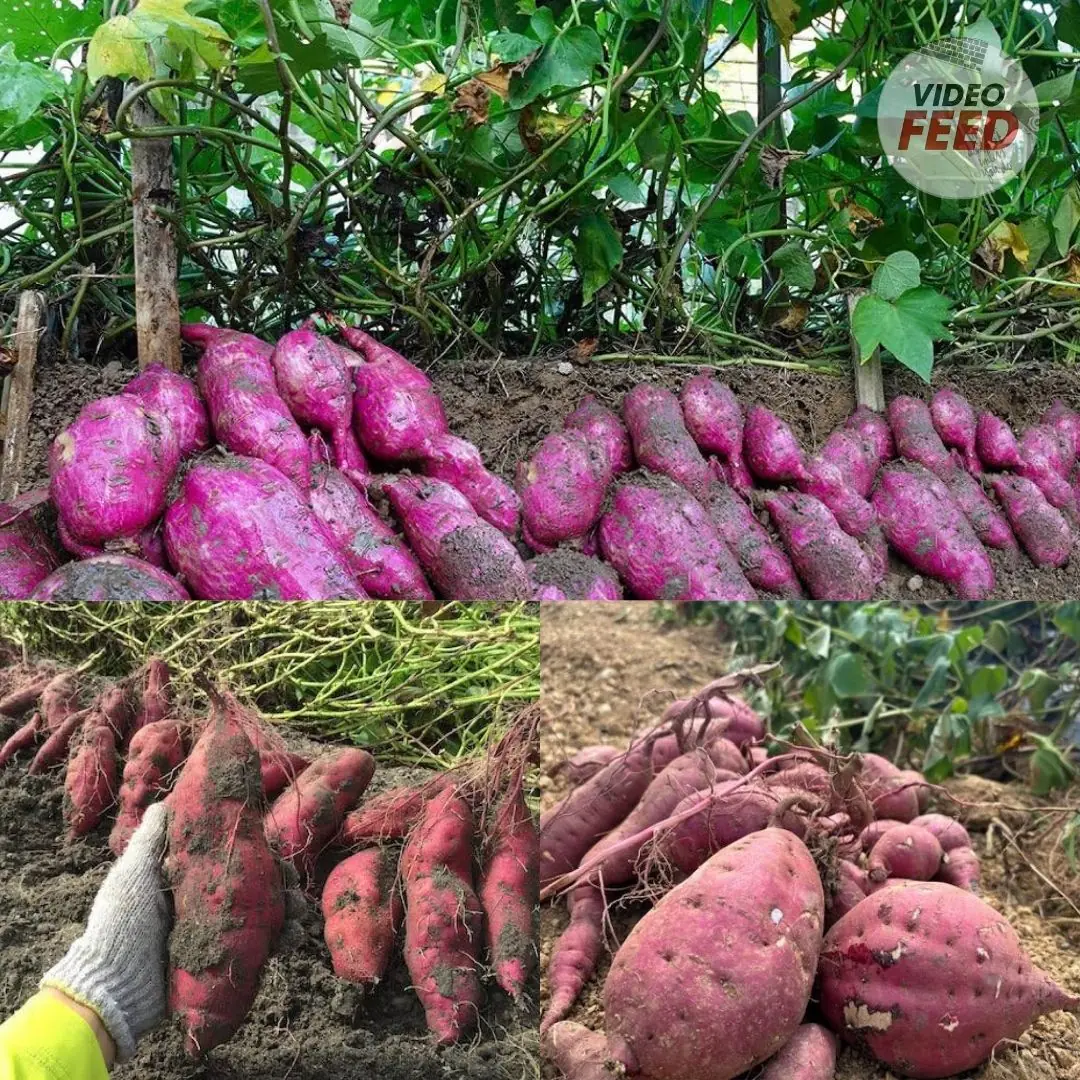
How To Grow Sweet Potatoes: Ultimate Care & Growing Guide
News Post

Air India plane crash: reactions from across the world
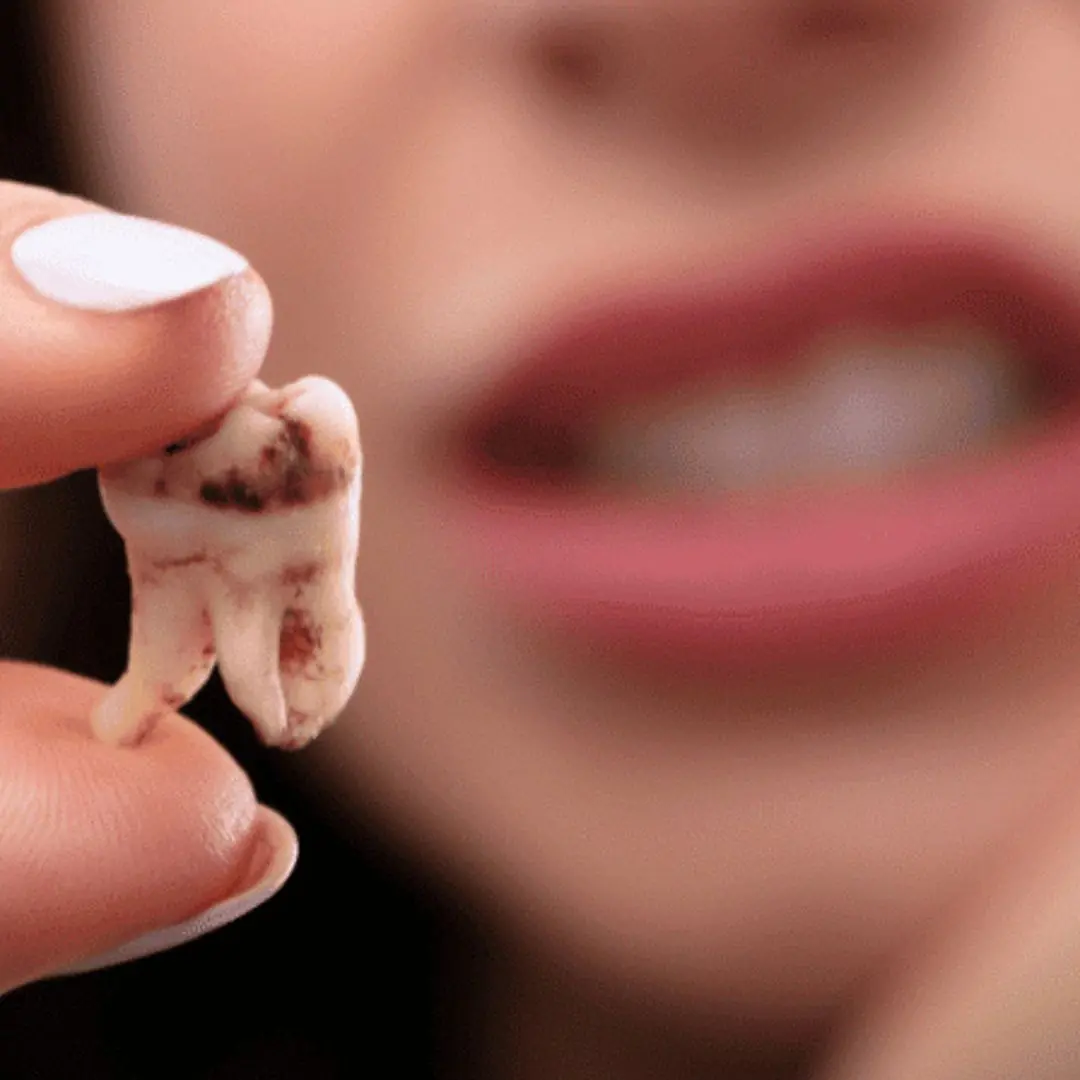
Are Sweets Really the Culprit for Tooth Decay?

Coconut water is good for health but the following 5 groups of people absolutely should not drink it
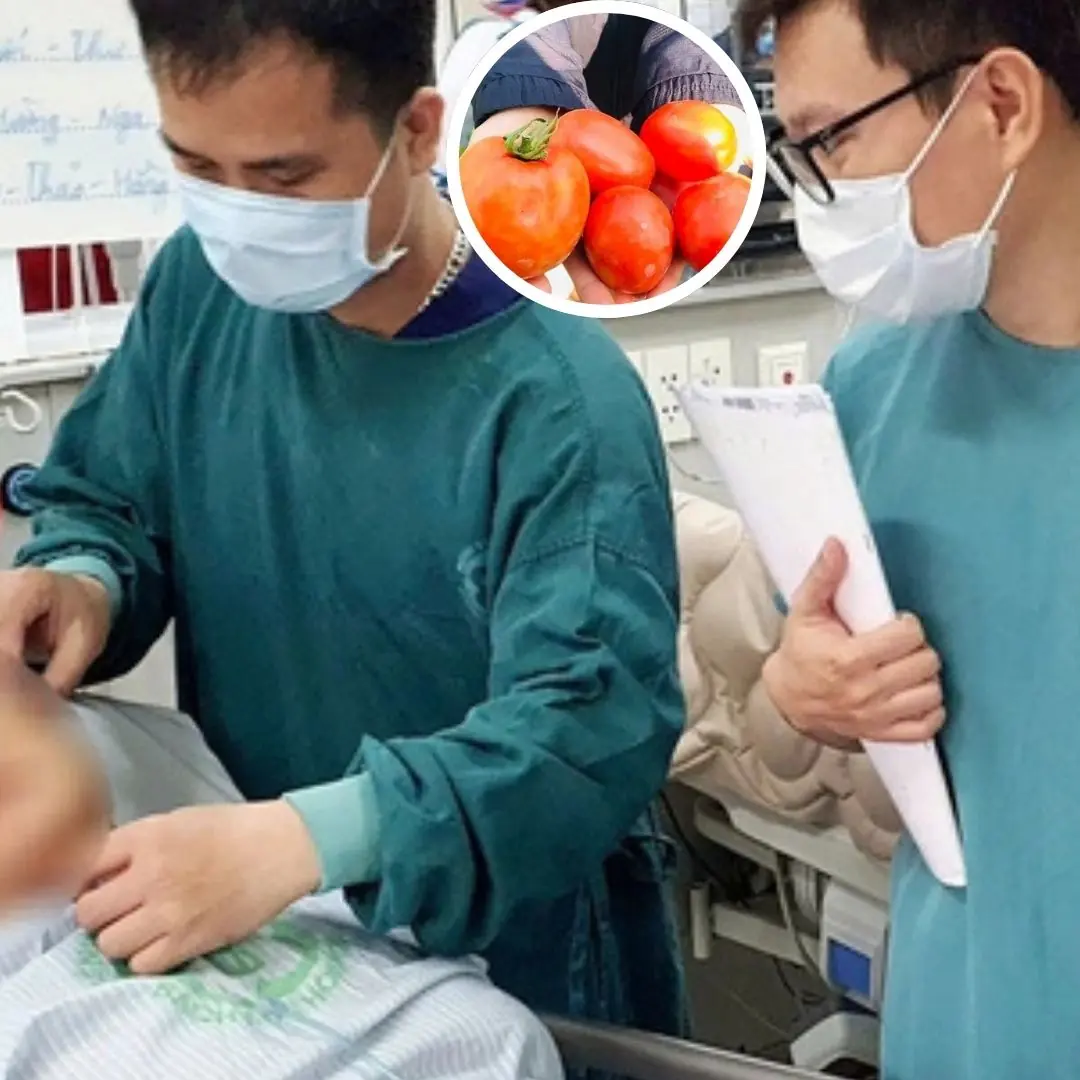
Woman hospitalized for mistake while eating tomatoes
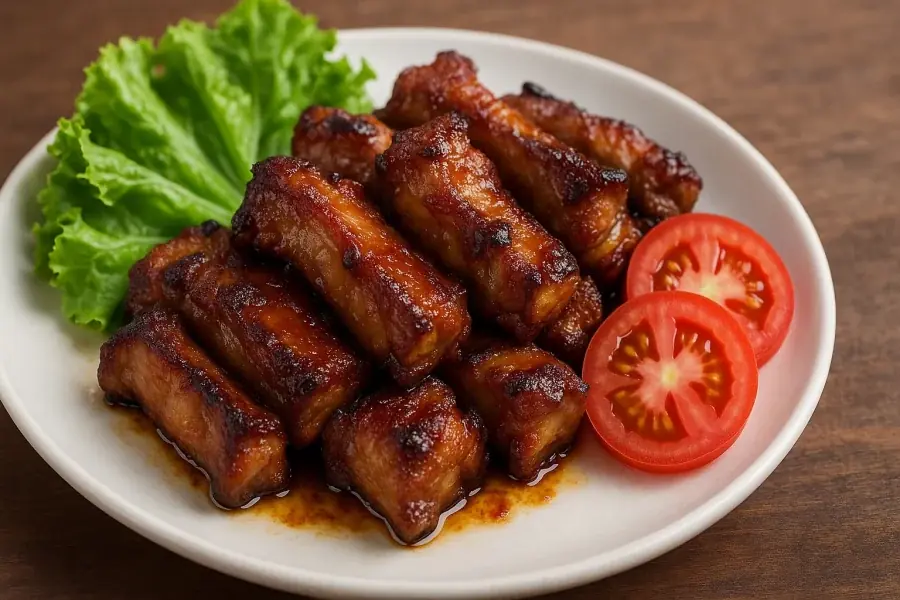
The "Lean-Looking" Pork Cut That’s Actually Greasier Than Fried Chicken — And Most People Have No Idea

Doctor Reveals: Simple One-Minute Thumb Test Could Detect a "Ticking Time Bo.mb" He.art Condition
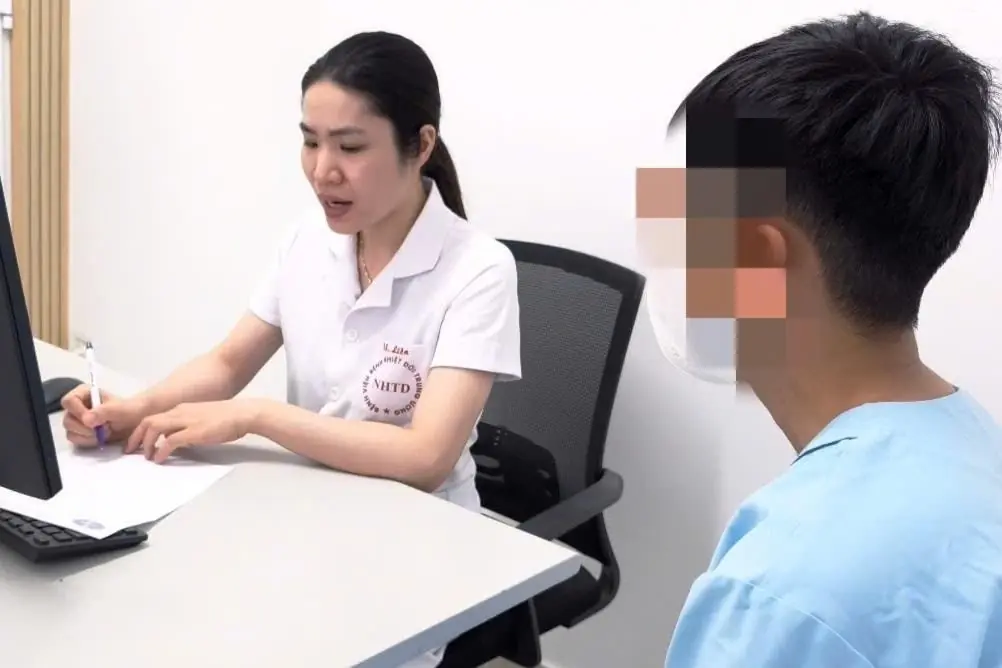
Sudden Deafness After a Late-Night Shower – The High Price of a Seemingly Harmless Habit!

6 "Taboos" in the Bedroom That Drain Wealth and Severely Harm Health
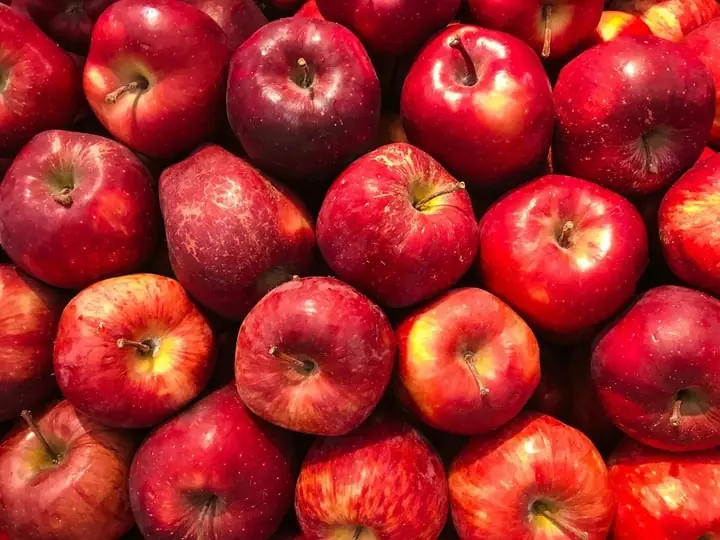
Unveiling the Mystery: Why Don’t Imported Apples Rot After a Whole Month?
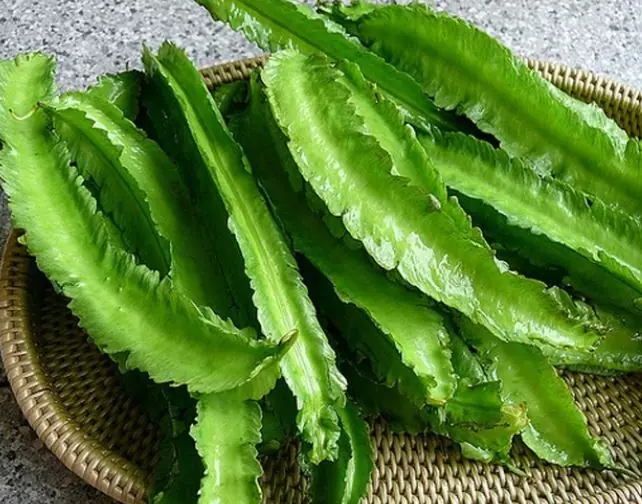
What used to be pig feed suddenly turned into "green gold", priced at 1 million/kg but still "sold out"

3 changes in your tongue that show you're getting older
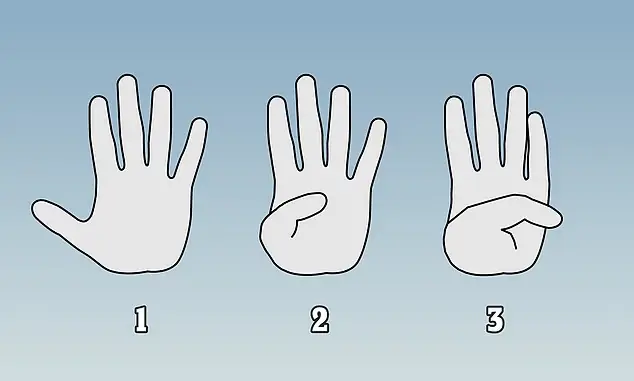
Doctor reveals simple thumb test that can detect heart problems like 'ticking time bomb'

Woman Lived with Uterine Fibroids Weighing Nearly 1.5kg for Over a Decade Without Knowing It — Here's Why

How to Grow Carrots at Home in Containers Starting with a Single Carrot

Turn a small corner of your house into a mini chili garden – both beautiful and useful!

Why hotels prefer white bed linens?
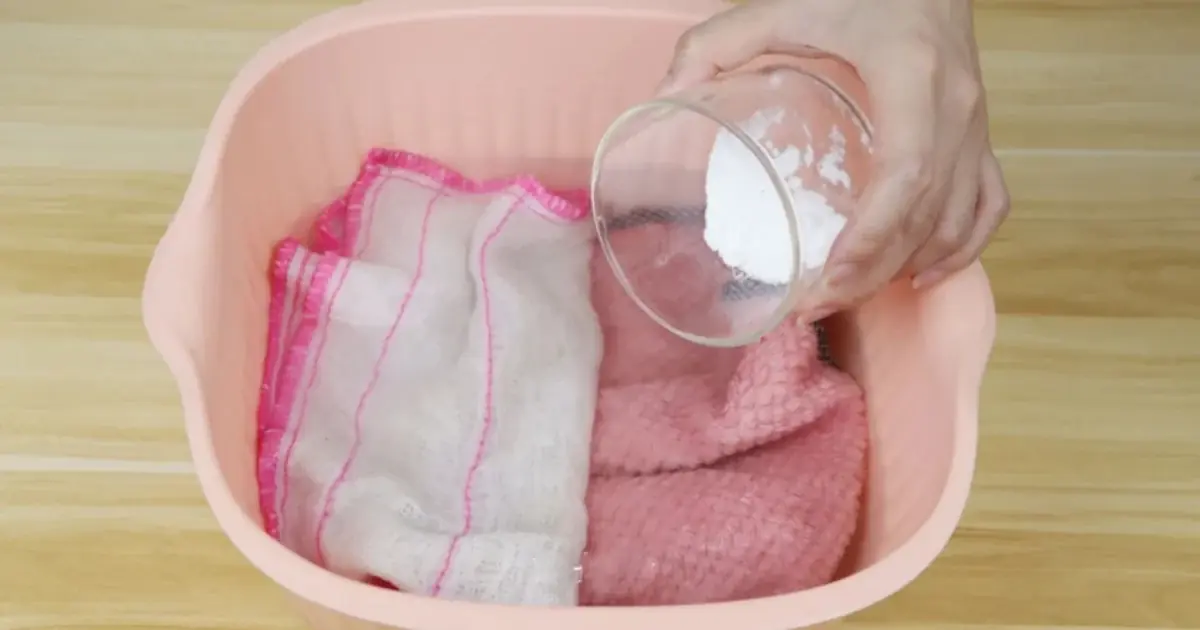
How to clean towels easily and economically
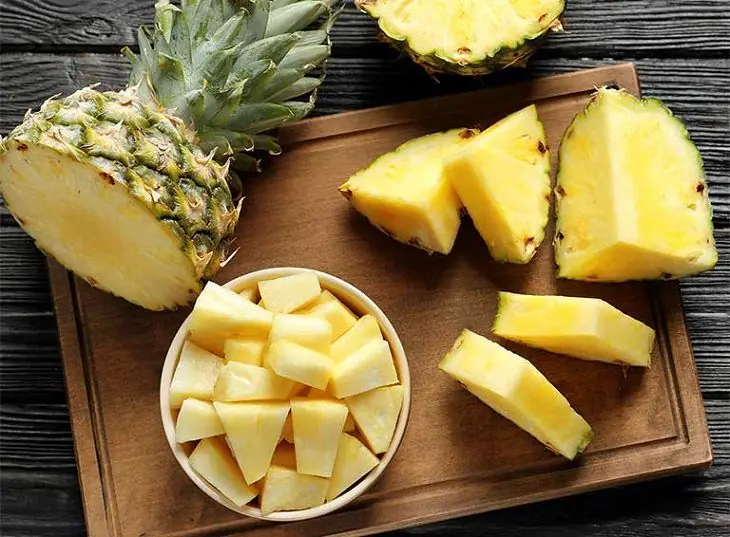
The amazing health benefits of pineapple and who should avoid it

Cancer May "Emit" These 2 Signs at Night – Everyone Should Know to Stay Alert
